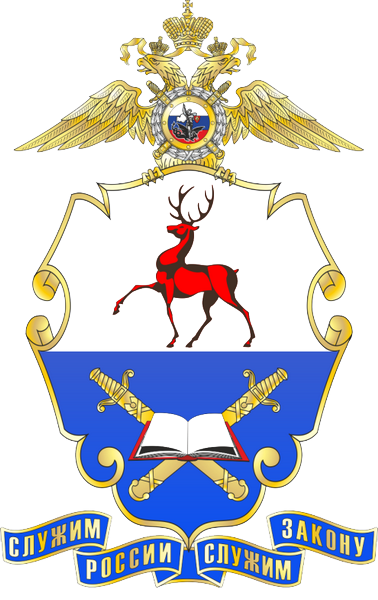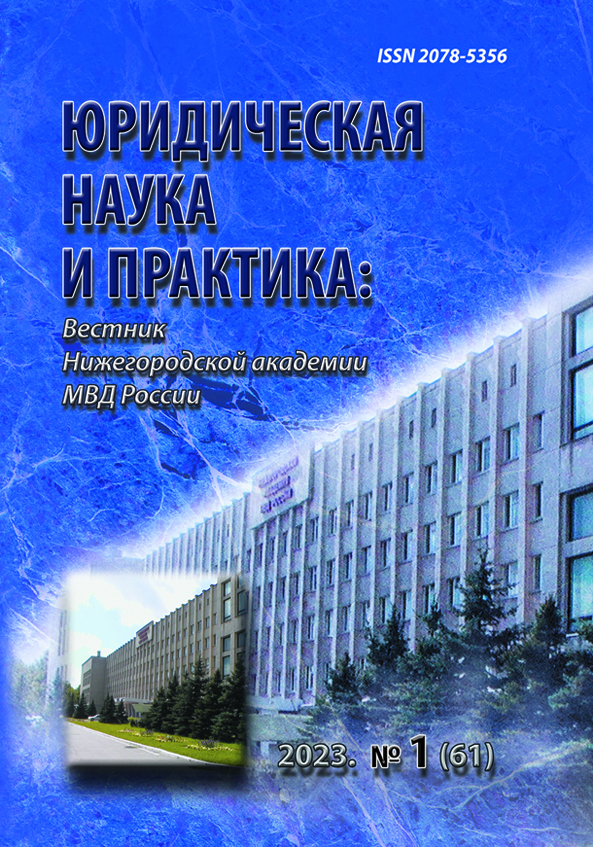Russian Federation
In this article the author refers to the domestic experience in the formation of typologies of persons brought to criminal responsibility. Through the analysis of various typologization criteria, he comes to the conclusion that all existing typologies can be divided into three groups depending on the grounds for dividing persons brought to criminal responsibility into different types. In addition, in this article, the author comes to the conclusion that it is necessary to form a universal effective (applicable in practice) typology based on mixed (synthesized) criteria, which is taken as the level (degree) of socialization of the personality of the person who committed the criminal act. I think this is reasonable, since in fact the criminals are the persons subject to criminal punishment.
typology of the offender’s personality, criminal punishment, criminal liability, level of socialization of the individual
1. Poznyshev S. V. Psychology, neurology and psychiatry. Vol. 3. Moscow: Nauka Publ., 1923. Pp. 115, 246-252. (In Russ.)
2. Krasnushkin E. K. What is a criminal? Criminal and crime, 1926, no. 1, pp. 11-12. (In Russ.)
3. Kufaev V. I. Child murders. Problems of crime: Collection / ed. by members of the Institute E. Shirvindt, F. Traskovich, M. Gernet. Leningrad: State Publ., 1926. Issue 1. Pp. 123-140. (In Russ.)
4. Leikina N. S. The identity of the offender and criminal liability. Leningrad: LSU Publ., 1968. (In Russ.)
5. Igoshev K. E. Typology of the offender’s personality and the motivation of criminal behavior. Gorky: The Main Higher School of the Ministry of Internal Affairs of the USSR Publ., 1974. Pp. 40-45. (In Russ.)
6. Antonyan Yu. M. Criminology. Selected lectures. Moscow: Logos Publ., 2004, pp. 90-94. (In Russ.)
7. Kovalev A. G. Psychological bases of correction of the offender. Moscow: Yurid. lit. Publ., 1968. 136 p. (In Russ.)
8. Criminology: a textbook for law schools / ed. by A. I. Dolgova. Moscow: INFRA- Moscow; NORMA Publ., 2010. (In Russ.)
9. Antonyan Yu. M., Bluvshtein Yu. D. Modeling methods in the study of the offender and criminal behavior. Moscow: Acad. Ministry of Internal Affairs of the USSR Publ., 1974. (In Russ.)
10. Privalov A. V. Typology of the personality of a criminal member of a youth association. Gaps in Russian legislation. Legal journal, 2008, no. 2, pp. 284-285. (In Russ.)
11. Mamochka E. A. Personality types of a criminal-insider. Territory of new opportunities. Bulletin of the Vladivostok State University of Economics and Service, 2016, no. 3 (34). (In Russ.)
12. Aksenova L. Yu., Tankov A. Yu. The identity of the offender in cases of theft from apartments. Law and Law, 2018, no. 6. (In Russ.)
13. Semenenko G. M. Typology of persons committing intentional destruction or damage to other people’s property. Historical, philosophical, political and legal sciences, cultural studies and art history. Questions of theory and practice. Tambov, 2011, no. 4 (10), part 3. (In Russ.)
14. Sverchkov V. V. Conceptual foundations for solving the problems of exemption from criminal liability. Dissertation… doctor of legal sciences. Nizhny Novgorod, 2008. Pp. 43-49. (In Russ.)
15. Turintseva E. A., Reshetnikova E. V. Biosocial man and possible directions of anthroposocial evolution. Knowledge. Understanding. Skill, 2016, no. 2. (In Russ.)












